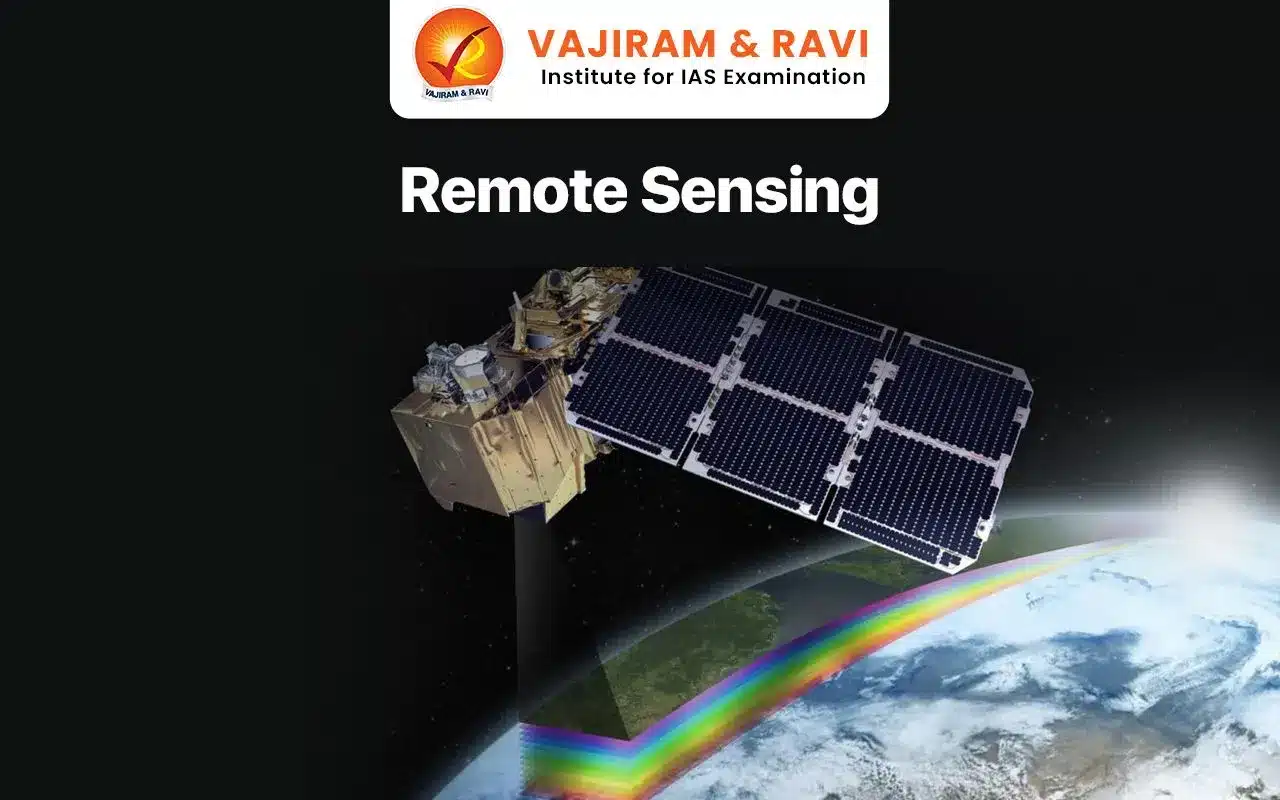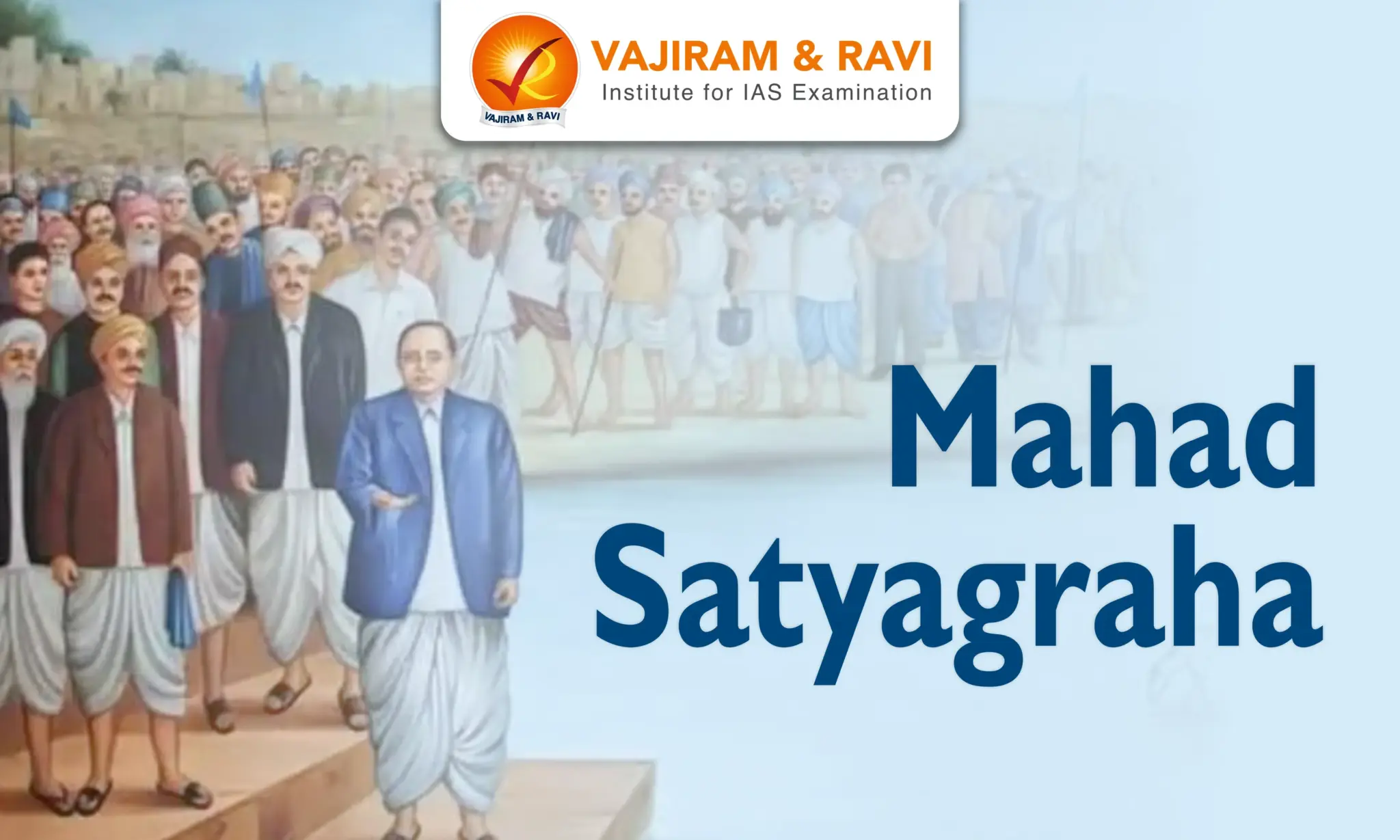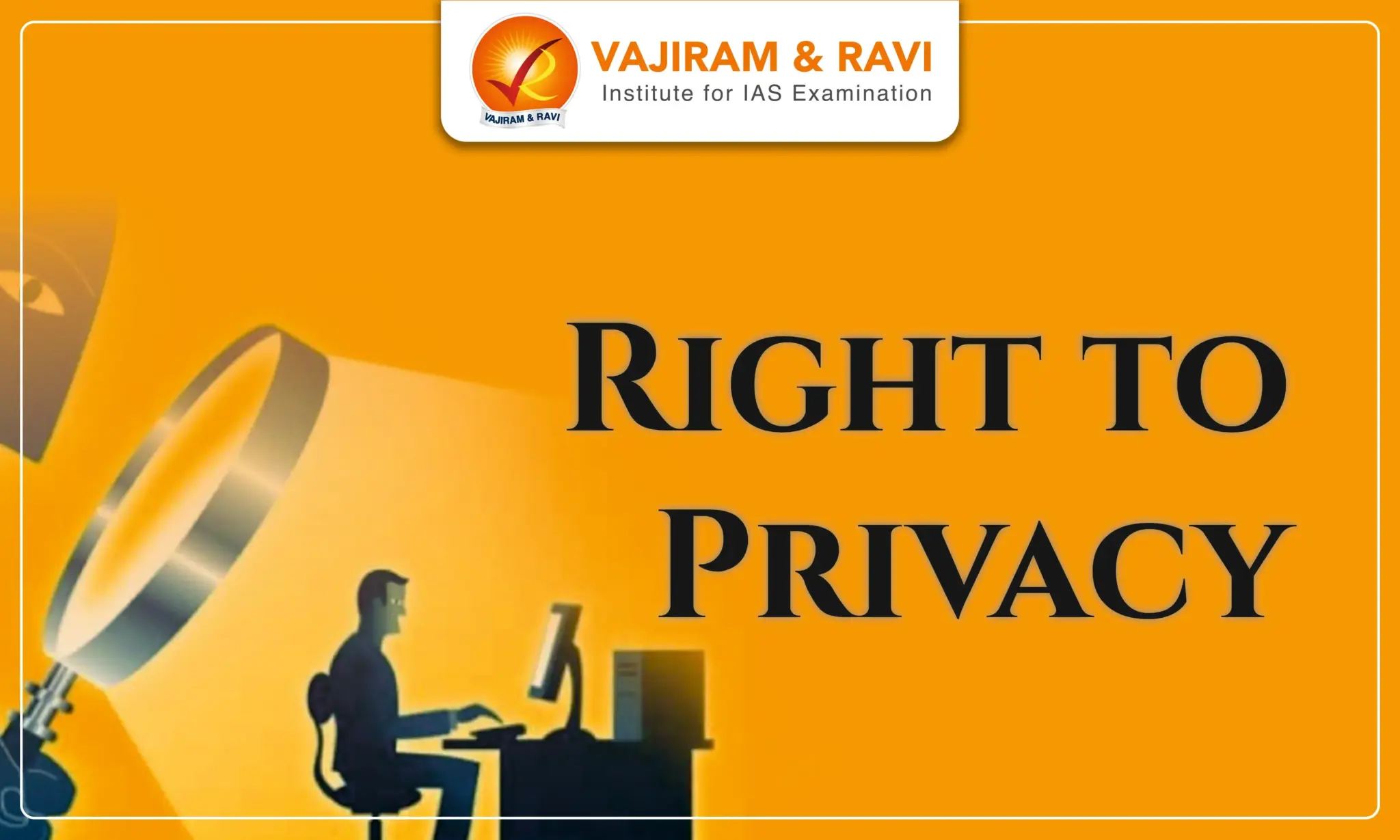Remote sensing is the total process used to acquire and measure the information of some properties of objects and phenomena by a recording device (sensor) that is not in physical contact with the objects or the phenomena under study. Remote sensors, which provide a global perspective and a plethora of data about Earth systems, allow for data-driven decision-making based on our planet's existing and future state.
In India, space remote sensing has proven to be a valuable tool for monitoring crops, forests, water resources, minerals, wastelands, ocean and marine resources, and assisting with drought andflood control.
Remote Sensing Meaning
Remote sensing is the use of electromagnetic energy to determine the physical characteristics of distant objects. It comprises photography, geophysical surveying, and newer techniques that use other areas of the electromagnetic spectrum.
- The history of remote sensing begins with photography. Other types of remote sensing date back to World War II, when radar, sonar, and thermal infrared detecting devices were developed.
- Since the 1960s, sensors have been developed to function in practically the whole electromagnetic spectrum.
Types of Remote Sensors
Remote sensors gather data by detecting the energy reflected from the Earth. These sensors can be installed on satellites or in aircraft. Remote sensors may be either passive or active.
- Passive Sensors: Passive sensors respond to external stimuli. They measure natural energy that is reflected or emitted from the Earth's surface. The most prevalent type of radiation measured by passive sensors is reflected sunlight.
- Active Sensors: Active sensors collect data about the Earth by detecting internal stimuli. For instance, a laser-beam remote sensing system shines a laser onto the Earth's surface and measures the time it takes for the laser to reflect to its sensor.
Remote Sensing Process
Remote Sensing is a process in which incoming radiation interacts with the target of interest. This is done by using imaging and non-imaging systems; the following steps are involved in the process:
- Energy Source or Illumination (A): The initial prerequisite for remote sensing is an energy source that illuminates or delivers electromagnetic radiation to the target of interest. The Sun is the primary source of energy used in remote sensing.
- Radiation and the Atmosphere (B): As energy moves from its source to its target, it comes into contact with and interacts with the atmosphere it passes through.
- Interaction with the Target (C): Once the energy passes through the atmosphere and reaches the target, it interacts with it based on the qualities of both the target and the radiation.
- Recording of Energy by the Sensor (D): After the energy is scattered or emitted from the target, the sensor gathers and records the electromagnetic radiation.
- Transmission, Reception, and Processing (E): The energy recorded by the sensor must be sent, frequently electronically, to a receiving and processing unit where it is converted into a picture (hardcopy and/or digital).
- Interpretation and Analysis (F): The processed image is interpreted, visually and/or digitally, to extract information about the target that was illuminated.
- Application (G): The remote sensing process concludes when the extracted imagery information is applied to understand the target, reveal new information, or solve specific problems.
India and Remote Sensing
Over the past two decades, India has achieved significant progress in space technology and applications for monitoring and management and natural resources. The successful launch and operationalization of IRS-1B and the continued satisfactory functioning of IRS-IA beyond its design life of three years are millstones in the Indian Remote Sensing programme.
- The Indian Remote Sensing Satellite (IIRS) programme was launched in 1988 and is a major step forward in the overall programme for using space technology for defined applications in India.
Indian Institute of Remote Sensing
The IIRS is a part of the Indian Space Research Organisation (ISRO).
- Since its establishment in 1966, IIRS has been a key player in training and capacity building in geospatial technology and its applications through training, education, and research in Southeast Asia.
- Other Institutions related to Remote Sensing are:
- National Remote Sensing Centre (NRSC): It is responsible for remote sensing satellite data acquisition and processing, data dissemination, aerial remote sensing, and decision support for disaster management.
- NRSC is the nodal centre for hosting Satellite Data Products from more than 13 IRS satellites, dating back to the first IRS optical mission, IRS-1A, and the SAR imaging mission.
- National Remote Sensing Centre (NRSC): It is responsible for remote sensing satellite data acquisition and processing, data dissemination, aerial remote sensing, and decision support for disaster management.
- Regional Remote Sensing Centres (RRSCs): They support various remote sensing tasks specific to their regions as well as at the national level.
Indian Remote Sensing Satellite
The Indian Remote Sensing (IRS) satellites are the mainstay of the National Natural Resources Management System (NNRMS), for which the Department of Space (DoS) is the nodal agency, providing operational remote sensing data services.
- Starting with IRS-1A in 1988, ISRO has launched many operational remote sensing satellites. Some of the recently launched remote sensing satellites are mentioned below in the table:
| Name | Launch Year | Application |
| EOS-07 | 2023 | Earth Observation |
| EOS-06 | 2022 | Earth Observation |
| EOS-04 | 2022 | Earth Observation |
| EOS-02 | 2021 | Earth Observation |
| EOS-01 | 2020 | Disaster Management System, Earth Observation |
| RISAT-2BR1 | 2019 | Disaster Management System, Earth Observation |
| Cartosat-3 | 2019 | Earth Observation |
| HysIS | 2018 | Earth Observation |
Applications of Remote Sensing
The applications include groundwater exploration, physical water quality determination, snowfield mapping, flood-inundation delineation, and irrigated land inventories.
- Agriculture: Remote sensing is utilised for crop identification, production forecasting, damage and progress assessment, soil mapping and moisture estimation, and mapping of agricultural water resources.
- Coastal: Monitor shoreline changes, track sediment transport, and map coastal features. Data can be used for coastal mapping and erosion prevention.
- Ocean: Monitor ocean circulation and current systems, measure ocean temperature and wave heights, and track sea ice.
- Hazard assessment: Track hurricanes, earthquakes, erosion, and flooding. Data can be used to assess the effects of natural disasters and develop preparedness plans for both before and after a hazardous event.
- Natural resource management: Track land use, map wetlands, and identify wildlife habitats. Data can be used to reduce the environmental impact of urban development and to determine the best way to protect natural resources.
- Weather Forecasting: It is extensively used to study weather patterns, precipitation, and temperature changes.
- Satellite remote sensing provides a way to measure land surface temperature (LST) and generate various LST products at regional and global scales.
- Environment: Atmospheric models employ remote sensing data to determine the sources and sinks of greenhouse gasesat specific locations.
- Satellite and aircraft-borne remote sensors can cover a larger area than in-situ sensors and have the potential to reveal GHG emission sources and hotspots, such as methane leaks.
- Remote sensing offers the possibility to estimate and map canopy chlorophyll content accurately.
- As accurate and accurate estimates of canopy chlorophyll content are critical for effective ecosystem monitoring.
Remote Sensing UPSC PYQs
Question 1: For the measurement/estimation of which of the following are satellite images/remote sensing data used? (UPSC Prelims 2019)
- Chlorophyll content in the vegetation of a specific location
- Greenhouse gas emissions from rice paddies of a specific location
- Land surface temperatures of a specific location
Select the correct answer using the code given below.
- 1 only
- 2 and 3 only
- 3 only
- 1, 2 and 3
Answer: (d)
Question 2: In which of the following activities are Indian Remote Sensing (IRS) satellites used? (UPSC Prelims 2015)
- Assessment of crop productivity
- Locating groundwater resources
- Mineral exploration
- Telecommunications
- Traffic studies
Select the correct answer using the codes given below.
- 1, 2 and 3 only
- 4 and 5 only
- 1 and 2 only
- 1, 2, 3, 4 and 5
Answer: (a)
Last updated on November, 2025
→ Check out the latest UPSC Syllabus 2026 here.
→ Join Vajiram & Ravi’s Interview Guidance Programme for expert help to crack your final UPSC stage.
→ UPSC Mains Result 2025 is now out.
→ UPSC Notification 2026 is scheduled to be released on January 14, 2026.
→ UPSC Calendar 2026 is released on 15th May, 2025.
→ The UPSC Vacancy 2025 were released 1129, out of which 979 were for UPSC CSE and remaining 150 are for UPSC IFoS.
→ UPSC Prelims 2026 will be conducted on 24th May, 2026 & UPSC Mains 2026 will be conducted on 21st August 2026.
→ The UPSC Selection Process is of 3 stages-Prelims, Mains and Interview.
→ UPSC Result 2024 is released with latest UPSC Marksheet 2024. Check Now!
→ UPSC Prelims Result 2025 is out now for the CSE held on 25 May 2025.
→ UPSC Toppers List 2024 is released now. Shakti Dubey is UPSC AIR 1 2024 Topper.
→ UPSC Prelims Question Paper 2025 and Unofficial Prelims Answer Key 2025 are available now.
→ UPSC Mains Question Paper 2025 is out for Essay, GS 1, 2, 3 & GS 4.
→ UPSC Mains Indian Language Question Paper 2025 is now out.
→ UPSC Mains Optional Question Paper 2025 is now out.
→ Also check Best IAS Coaching in Delhi
Remote Sensing FAQs
Q1. What are remote sensing satellites?+
Q2. What are the applications of remote sensing?+
Q3. What is the history of remote sensing?+
Q4. What is the source of energy for remote sensing?+
Q5. What are remote sensing platforms?+
Tags: quest remote sensing

















